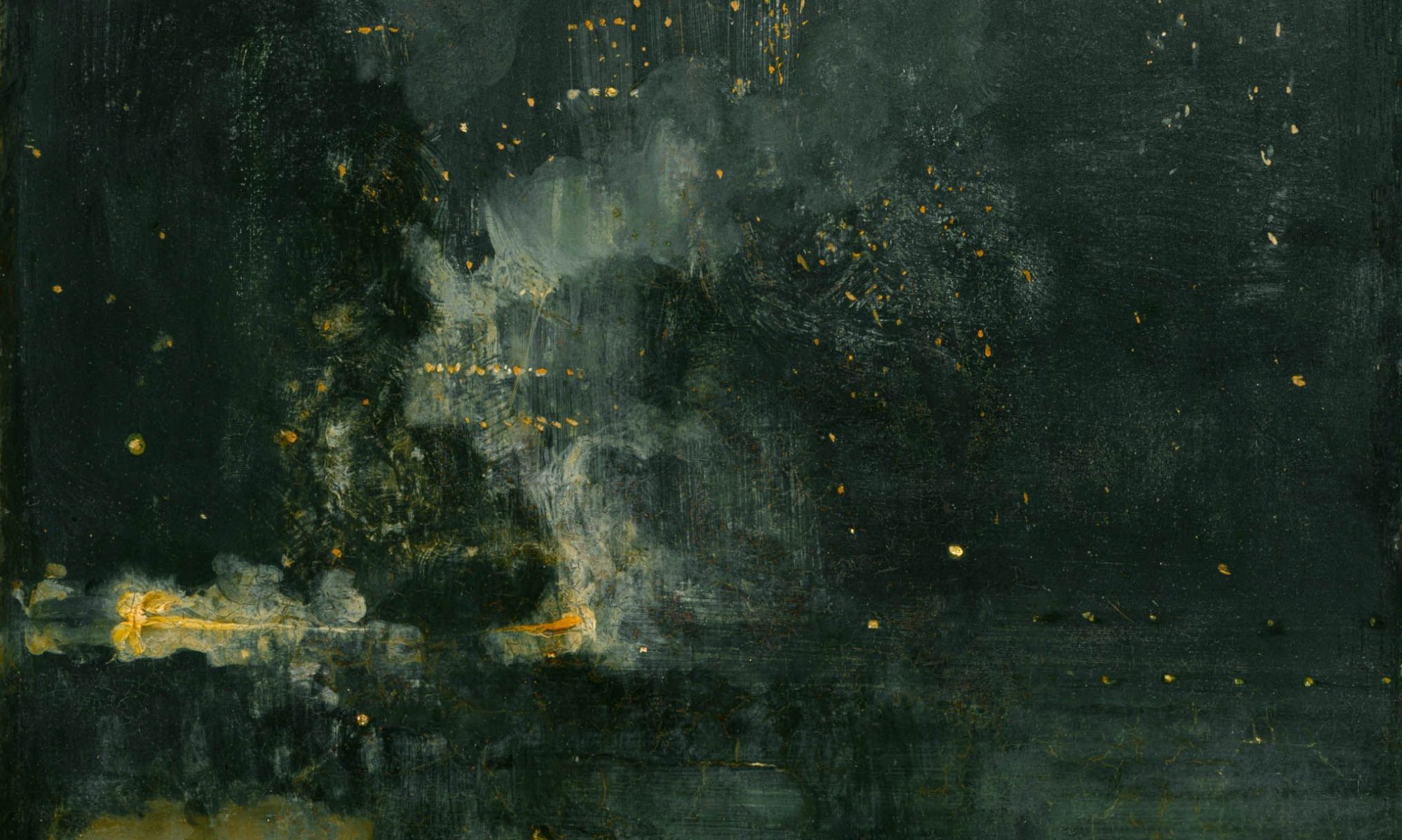I wanted to explore more ways to play with time-lapse. I took a time-lapse of the building opposite my hall room as the sun was setting and I was intrigued by the lights flickering on and off.
The rhythmic nature of the flickering was strangely melodious. This is especially so when staircases at different storeys successively lit up — just like musical scales. This inspired me to create something like a “light orchestra”.
I took several more time-lapses from a different vantage point — but this time round with the scenes unfocused. I wanted to draw attention solely to the lights without distractions from the architecture or moving humans. I set the time-interval to 2-3 seconds per photo and took around 250 photos for each scene.
I then pulled the time-lapses together in a timeline and attempted to sync the flickering of lights to a sound track:
It was quite difficult to sync the lights effectively to the music. If the melody is too sparse, the flickers are often too complicated to match up — rarely does only one light flicker in one scene. Conversely, if the melody is complex, it becomes impossible to correspond the flickers accordingly.
I took a few tries with different soundtracks before arriving at one that has a mix of simple, distinct notes, and a string of flowing, convoluted notes. I feel that this gives more leeway for the time-lapse to harmonise with the music.
I roughly categorised the time-lapse sequences into simple flickering and messy complicated ones. I started with an establishing shot of the night scene to set the context. Subsequently, I let the music dictate the accompanying time-lapse scene. Sequences are sped up and slowed down when needed. I tried to avoid cutting or altering any sequence, but this was done anyway in certain segments.
Here is another attempt with a different soundtrack:
Some reflections
- creating a soundtrack to sync with the lights is probably easier, provided one knows how to compose
- time-lapses of isolated, simple light flickers will be helpful when syncing with simple, distinct notes
- overlaying sequences with different light rhythms can help to convey music with a distinct melody and a complex accompaniment

